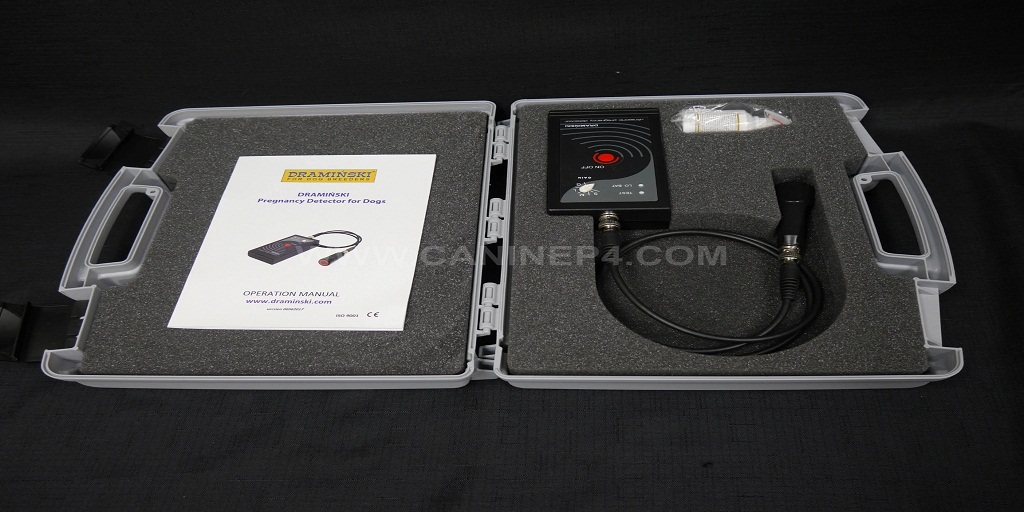Apart from a basic understanding of the science of genetics, knowing when conception is most likely is important to be an effective breeder.
A dog is more likely to get pregnant when it is ovulating. This is where a dog ovulation detector can help.
Dogs, when left to their own devices, would breed at a time suitable for conception. With human involvement, however, the chances of conception can be increased.
To better understand the topic, let’s first talk about a dog’s reproductive cycle.
Female Dog’s Reproductive Cycle
There are 4 stages in a dog’s reproductive cycle:
● Proestrus
This typically lasts for 9 days. Estrogen levels will peak during this stage. The vulva is enlarged and your dog will have vaginal discharge with a bloody tint.
● Estrus
This stage lasts for about 9 days as well. Progesterone levels go up and eggs are released from the ovaries. During this time, your dog will be receptive to males.
● Diestrus
This phase lasts for 2 months. Estrogen levels are low and your dog is no longer receptive to male dog’s attention.
● Anestrus
This stage usually lasts 4 months, though it can be longer in some breeds. This time is used by the dog’s body to prepare the uterus for the next possible pregnancy.
The first two stages are the two distinct stages in a dog’s heat cycle. You can calculate the ovulation period if you don’t want to use an ovulation detector but it’s not going to be accurate.
Count 10 to 14 days from the time the vaginal discharge starts to estimate the ovulation period. This begins after the proestrus stage and at the outset of the estrus stage.
Some dogs, however, ovulate as early as the third or fourth day during the proestrus stage or as late as the eighteenth, the tail end of the estrus stage.
This is why an ovulation detector is still the best tool you can have to determine your dog’s most fertile period for a successful pregnancy.
Why Use Ovulation Detectors
The ‘fertile window’ are the days an egg is released from a dog’s ovary. This process is called ovulation. A female dog will start to ovulate 48 hours after the increase in LH and the most fertile period is typically on Day 4 through Day 6 of LH surge.
LH or luteinizing hormone is just one of several hormones in dogs that play a role in their ovulation.
One or repeated mating during a dog’s most fertile period will result in pregnancy. The trick is finding that “fertile window” that will ensure conception. So how do you know your dog’s most fertile days? Use ovulation detector.
Dog breeders who experience problems breeding can benefit a lot from using ovulation kits.
Using Ovulation Detectors for Breeding Dogs
Many breeders use ovulation detectors to track the ovulation cycle and better understand when to breed. With a detector, you can follow a female’s ovulation cycle or know when to do a progesterone test on a problem female to pinpoint her ovulation time to ensure conception.
A progesterone test measures the progesterone level in dogs. Progesterone is another hormone that plays a part in a dog’s reproductive cycle. The hormone progesterone is used to pinpoint the exact time the LH will surge. Results are obtained and made available in less than 24 hours for effective planning.
Where to Get Ovulation Detector for Dogs?
Breeders and vets who experience problems with effective mating need a dog ovulation detector to determine the best date for a mating.
Visit MR Diagnostic Services and browse through their collection of ovulation and pregnancy detectors and tests. You’ll also find other must-have testing kits and breeding tools for a serious breeder.
Get your ovulation detector now. It’s the perfect device for breeders and vets looking for a successful dog pregnancy.



